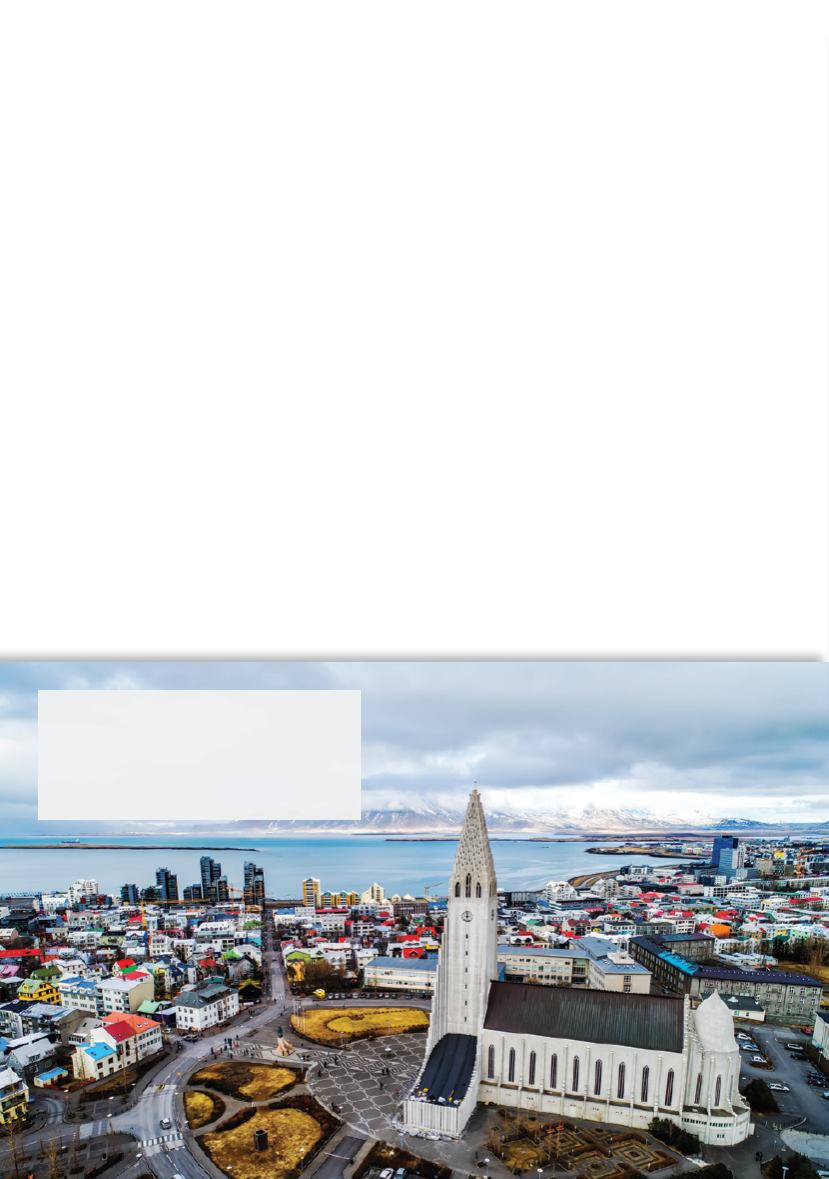
hot food, groceries, and electronics to households within a 5-mile
(8-km) radius in the capital city of Reykjavik. A delivery can be
completed in as little as four minutes, versus twenty-five minutes
by car or truck in heavy traffic. Aha’s drone delivery service oper-
ates until 7:00 p.m. in Reykjavik on days that are not too windy,
snowy, or rainy.
Aha’s system is unique in that its drones are not fitted with
any sensors to avoid obstacles, nor do they have cameras, ra-
dar, or any other imaging systems. They fly according to GPS
coordinates, along thirteen main flight paths that have been cer-
tified free of trees, buildings, and other impediments. Everything
a drone passes over, including roads and buildings, has been
put into a geographic model that assesses the risk to people if a
34-pound (15.4 kg) drone were to come crashing to earth.
Initially, the drones arrived at a dozen or so set drop-off
points with a company representative designated to receive
the drone and pull the package out of a cargo compartment.
Later, the company received permission to lower packages on
a line to about one thousand select homes. These drops have
In Iceland’s capital of Reykjavik (shown),
geographic models of drone routes include
everything the drone passes over, such as
buildings and roads, in order to assess the
risk to people in the event of a crash.


